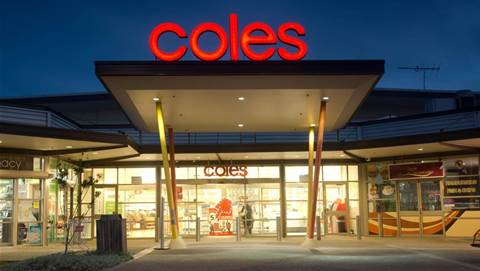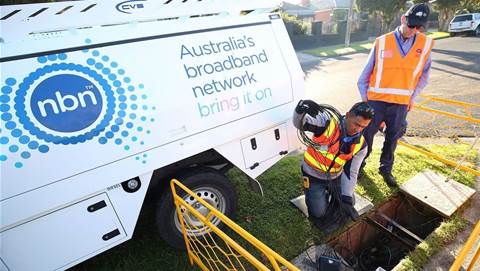Could leaders manufacture their own customers? Well, many companies already do. HP, for example, with its Instant Ink program, remotely monitors a customer’s printer ink usage and delivers a new ink cartridge before the customer runs out of ink. Customers do not have to place any order, as the printer does it all on their behalf. HP printers are examples of “machine customers.”

Business leaders have great expectations for how much business they can get from machine customers in the next coming years. 61 percent of CEOs responding to Gartner's annual CEO survey believe that by 2030, demand from machine customers will be significant in their industry.
Specifically, they expect machine customers will drive a mean of 21 percent of revenue by then. Data suggests a market shift more than double the pace of the arrival of e-commerce. Eventually, trillions of dollars’ worth of purchasing power will be in the hands — or the digital brains — of nonhuman customers.
Given the projected revenue from machine customers, CSCOs must accelerate their efforts to build an adequate strategy to prepare their supply chain for it.
To understand expectations for machine customer behaviour and its impact on supply chain management, I had the chance to interview many CSCOs over the last few months. Most CSCOs expect machine customers to buy “just in time,” when the product or the service is actually predicted to be needed. They expect machine customers to buy more frequently, in lower amounts and at a greater speed than their human counterparts.
Many do expect machine customers will be more reliable and predictable than human customers because they base buying decisions on a rational data analysis. As a consequence, the expectation is that it’ll be easier to forecast demand. However, machine customers will also be better able to quickly find alternative products that may be more convenient to buy or are delivered more reliably.
Because machine customers have no emotions, customer loyalty will be radically different in nature. They will observe and measure your supply chain behaviour very closely and take action immediately. They might become “loyal” to a supplier whose track record has been very reliable. That reliability will be mathematically determined and perfectly recorded, unlike the human who may be influenced by one personable account manager and a patchy memory.
What differentiates success for machine customers is the ability of the supply chain to serve them more effectively and efficiently.
British oil company Castrol is a great example of a company that has improved customer experience by leveraging a machine customer approach. The company has turned its clients’ tanks into machine customers by equipping tanks with IoT devices that monitor lubricant levels. When lubricant levels get close to empty, lubricant trucks are deployed to the location of the customer tanks to preemptively refill. Since there is the visibility of real-time consumption, Castrol can better plan, schedule and optimise the truckloads. That translates to lower distribution costs for both Castrol and customers, ultimately improving their experience and “stickiness.”
Define a Strategy for Success With Machine Customers
The majority of supply chain organisations aren’t yet ready, according to Gartner’s 2022 Emerging Priorities in Supply Chain Survey. However, recognising that machine customers are coming, the vast majority of supply chain leaders are developing a strategy today or planning to do so over the next three years. By 2025, up to 75 percent of supply chain leaders expect they’ll have such a strategy in place.
This might seem ambitious, but the emergence of machine customers is accelerating so rapidly that it makes sense to plan for faster arrival. However, time is short for such a complex journey. Many of these supply chain leaders might not be able to successfully transform their supply chains fast enough to be ready for machine-customer demand, allowing those who do to grow at their expense.
To help CSCOs to prioritise initiatives, we identified six actions that should be incorporated in their supply chain strategy to prepare them for machine customers.
- Digital foundation: Three actions comprise the digital foundation, which is necessary to support machine customers. The aim is to integrate the partner ecosystem, leverage data throughout the end-to-end supply chain, and automate processes and decisions.
- Operating model: The other three strategic actions are aimed at unleashing an operating model focused on responding swiftly to demand from machine customers through increasing levels of agility, attracting and retaining digital adaptable talent, and generating machine customer experience.
This story was republished with permission from the Gartner Blog Network.



.png&h=140&w=231&c=1&s=0)

_(20).jpg&h=140&w=231&c=1&s=0)



_(26).jpg&w=100&c=1&s=0)

 iTnews Executive Retreat - Security Leaders Edition
iTnews Executive Retreat - Security Leaders Edition












_(1).jpg&h=140&w=231&c=1&s=0)



